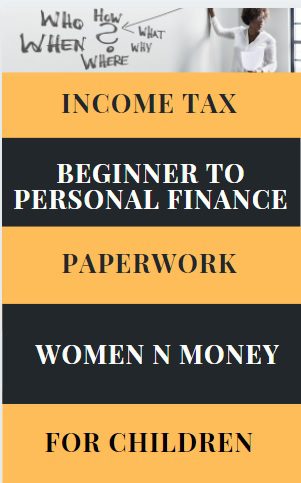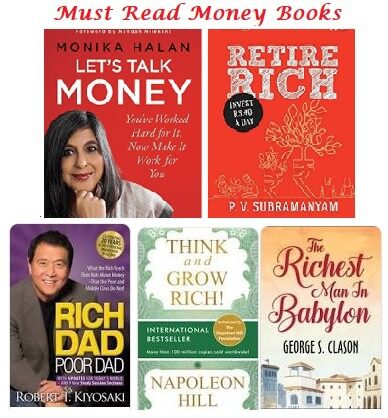In order to seek financial security and simultaneously obtain sky-high returns, the majority of investors today are willing to make sizeable investments. But they tend to do so without risking their principal sum involved.
When it comes to stock market investing, it is a well-known fact that risk and reward go hand-in-hand. The golden rule of thumb here is “higher the risk, higher the potential reward”. Thereby, smart investors are always scouring for the best investment options wherein they can multiply their wealth with slight to no risk at all.
When choosing the most suitable investment, you have to consider the associated risks. Further, you also need to take into account the numerous financial and non-financial assets involved. Having said that, let’s take a look at some of the investment options, which generally yield good returns.
Table of Contents
1. Public Provident Fund
The Public Provident Fund (PPF) is one of the most secure and long-term investment options available in the market; making it the preferred choice amongst a majority of investors today. Since it is characterised by a long tenure of 15 years, you can easily procure compound interest on it. Moreover, PPF deposits are completely tax-free and it comes with the added advantage of extending the time frame for up to 5 years.
2. Direct Equity
Given the volatile nature of the share market, it is important to possess a fair understanding of the market before investing. Direct equity is considered to be the best long-term investment option. It comes with the silver lining of delivering high inflation-adjusted returns as compared to most other assets. In order to invest in direct equities, it is best advised to turn to a demat account. The most convenient route is to open demat account online.
3. Mutual Funds
These have become immensely popular of late. As compared to equity funds, mutual funds are not only less volatile but also less risky. Since they typically offer better returns through asset diversification, investors try to take full advantage of the upward trend in the stock market.
4. Real Estate
Real estate is one of the fastest growing sectors in India. It now covers colossal prospects in leading sectors such as hospitality, housing, retail, commercial, manufacturing, etc. Thereby, investing in a plot or a flat has become an excellent investment option. With property rates on the rise, it provides steady growth.
5. Taxable Bonds
Investing in taxable bonds is another excellent option. These tend to deliver a higher rate of return on investments. Earlier marked at 8 per cent, these taxable bonds have been now replaced with a 7.75 per cent interest rate.
6. Fixed Deposits
A fixed deposit is one of the safest investment options. Here, an investor parks a certain amount of money for a specified period of time, and at a pre-determined rate of interest. It could be monthly, quarterly, yearly and through cumulative interest rates. After completing the said tenure, the investor is assured of getting back the principal amount along with the added interest.
7. Gold
For a long time, and even of late, gold has been one of the most reliable forms of investment. Today, there are many gold investment options such as gold ETF, gold bar, gold mutual fund, gold deposit scheme, etc. Amongst these, you can pick either one and potentially get good returns within a short period of time.
Given the plethora of investment options available in the market, it is best to understand, study and determine the best investment options for you. By doing so, you can gain good returns for a financially healthy and stable future.
The image below compares the returns across various investment classes. (Ref EconomicTimes 10 Jan 2019)
It is said, “don’t put all your eggs in one basket“. You should spread your investments across equity, debt, real estate, cash and gold. Different investment options perform well in different years, as shown in the image below. By spreading across different investment option, you can restrict the damage to your finances if one investment option goes down. For example, equities crashed by 39% during 2008-9. If you had a goal maturing that year and were depending largely on stock investments, it would have been a disaster. (Image Ref EconomicTimes 09 Jul 2018)





